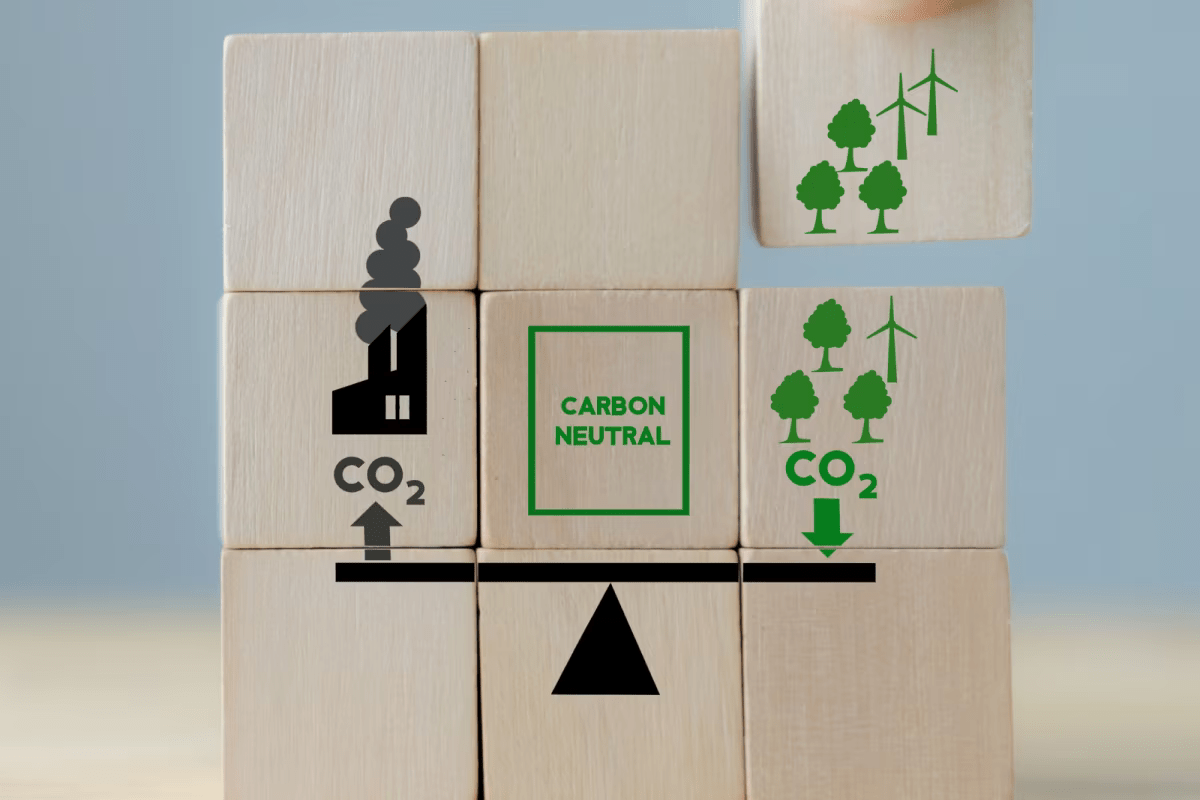
Writer
The Carbon Credit Market: A Scalable Solution for Global Climate Challenges
Most Read Stories Today
-
Water Scarcity and Artificial Rainfall: The Positive and The Negative Effects of Cloud Seeding, including Health Hazards and Climate Implications.
-
Renewable Energy in Rural Areas: Challenges, Opportunities, and Successful Rural Projects
-
Pakistan's Agriculture at Risk Due to Climate Variability
-
South Korea's floods: root causes and prevention strategies.
-
South Africa's Recent Floods: Is Climate Change to Blame?
-
South Africa: Cape Town, A City Under Fire
-
The Human Cost of Climate Disasters
-
Our Oceans, Our Future: The South African Dilemma of Overfishing
-
Degenerative Impact of Hydrocarbons On The Environment.
-
Successes and Failures of Paris Agreement
As the world wakes up to the pressing urgency of climate change, a host of solutions, from renewable energy to sustainable agriculture, are being deployed to mitigate its impact. Yet, one solution is increasingly standing out as both innovative and practical: the Carbon Credit Market.
What are Carbon Credits?
Before diving into the intricacies, it’s essential to understand what carbon credits are. Essentially, a carbon credit represents the removal or reduction of one metric ton of carbon dioxide from the atmosphere. Businesses and governments can purchase these credits to offset their emissions, essentially "neutralizing" their carbon footprint.
The Promise and the Pitfalls
Advantages
Carbon credits offer a practical way to incentivize emission reductions. They provide a financial motivation for companies to lower their carbon footprint, by either cutting emissions or purchasing credits to offset them.
Challenges
The credibility of the carbon credit market has faced scrutiny. Issues like "double-counting," where the same emission reduction is counted more than once, and the lack of stringent verification protocols have led to skepticism.
Advancing Transparency
One of the most critical aspects of a robust carbon credit market is transparency. The adoption of blockchain technology, for instance, can go a long way in ensuring that the credits are traceable and cannot be double-counted.
The Role of Valuation
A standardized framework for valuation is crucial to making the carbon credit market effective. We need to factor in the social cost of carbon, along with immediate environmental benefits, to accurately price each credit. Organizations like the Intergovernmental Panel on Climate Change (IPCC) and the World Bank could take the lead in setting such standards.
Monitoring for Effectiveness
For the market to inspire public trust, a rigorous third-party verification process is imperative. This process would assess the legitimacy of the emission reduction and validate the credit. There are already firms specializing in this, but their guidelines and results need to be standardized and made publicly available.
Case Studies: Gaining Momentum
The European Union Emissions Trading System (EU ETS), one of the largest carbon credit markets in the world, has shown considerable success in reducing greenhouse gas emissions within the EU.
California's Cap-and-Trade Program is another example. It sets a declining cap on emissions and allows companies to trade permits to release emissions under this cap. The program has effectively reduced emissions while providing financial incentives for companies to adopt green technologies.
The Urgency of Now
Climate change isn't waiting. Natural disasters exacerbated by climate imbalance are evidence that the problem requires immediate action. The carbon credit market, with its focus on financial incentives and broad scalability, is a solution that can be rapidly deployed globally. Its potential impact on a global scale cannot be overstated.
Conclusions and Future Prospects
The carbon credit market stands as a critical pillar for global climate action, but its true efficacy lies in its proper management. With enhanced transparency, proper valuation, and robust monitoring, this market can help in the transition towards a sustainable future. It offers the world a pragmatic approach to reducing emissions while providing financial incentives for sustainable innovation.
For the carbon credit market to reach its full potential, it will require a concerted effort from governments, businesses, and the public. Only with a united front can we hope to combat the existential threat of climate change effectively. Given the dire circumstances we face, the promise held by a transparent and robust carbon credit market is not just an option; it’s a necessity.
The clock is ticking, and the time to act is now. A well-structured carbon credit market doesn't just make good business sense; it makes good planetary sense. And it may well be one of the most critical tools in our arsenal to fight climate change.

Terms & Conditions
Subscribe
Report
My comments